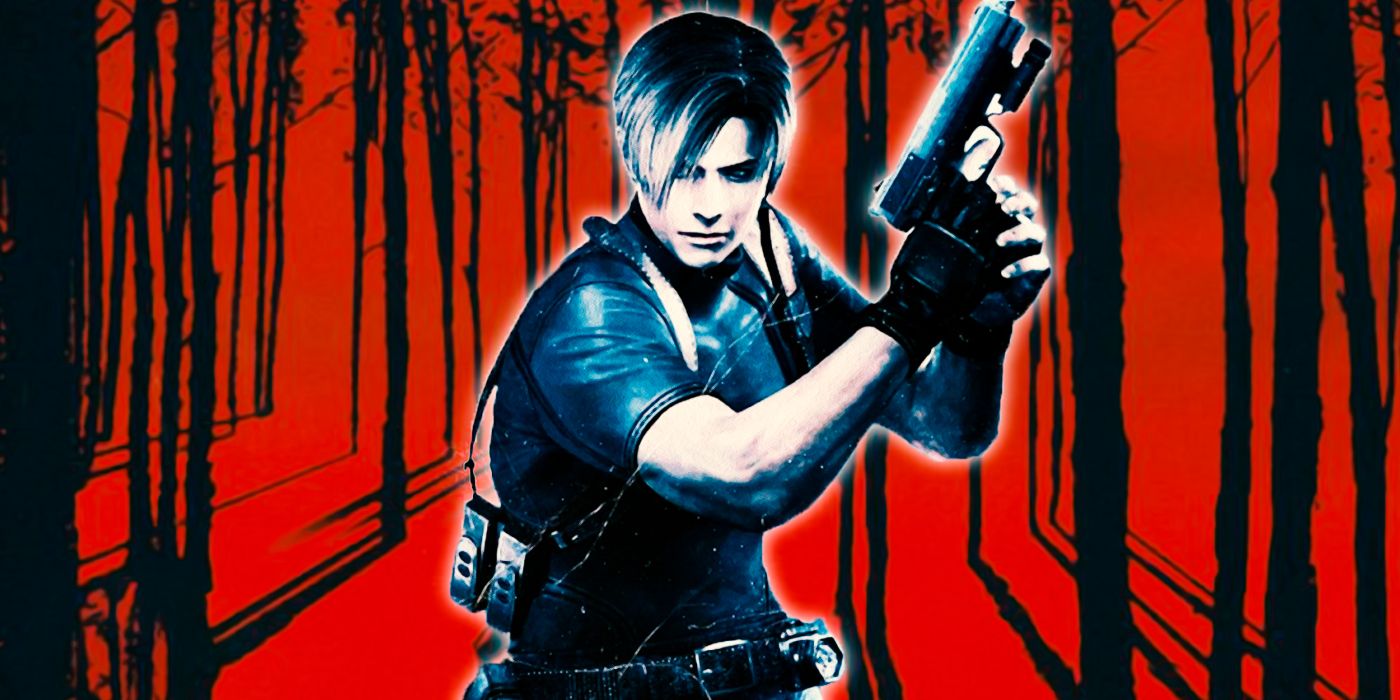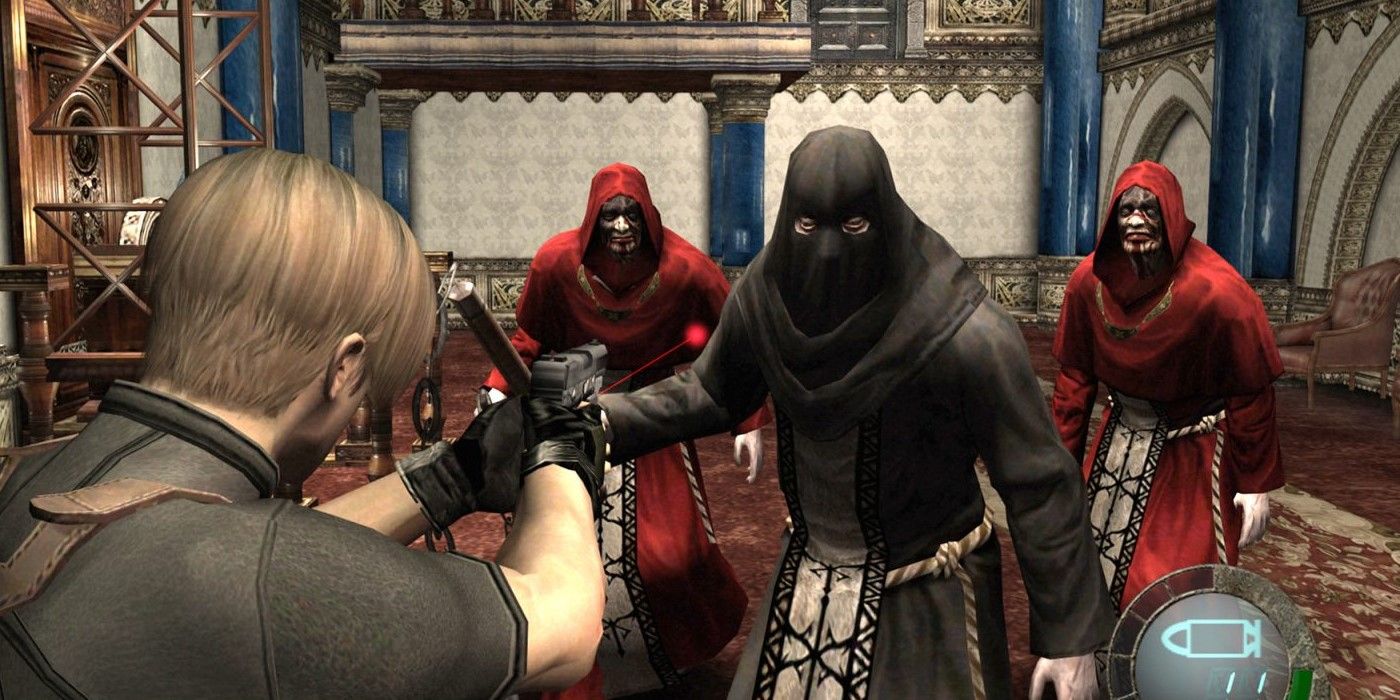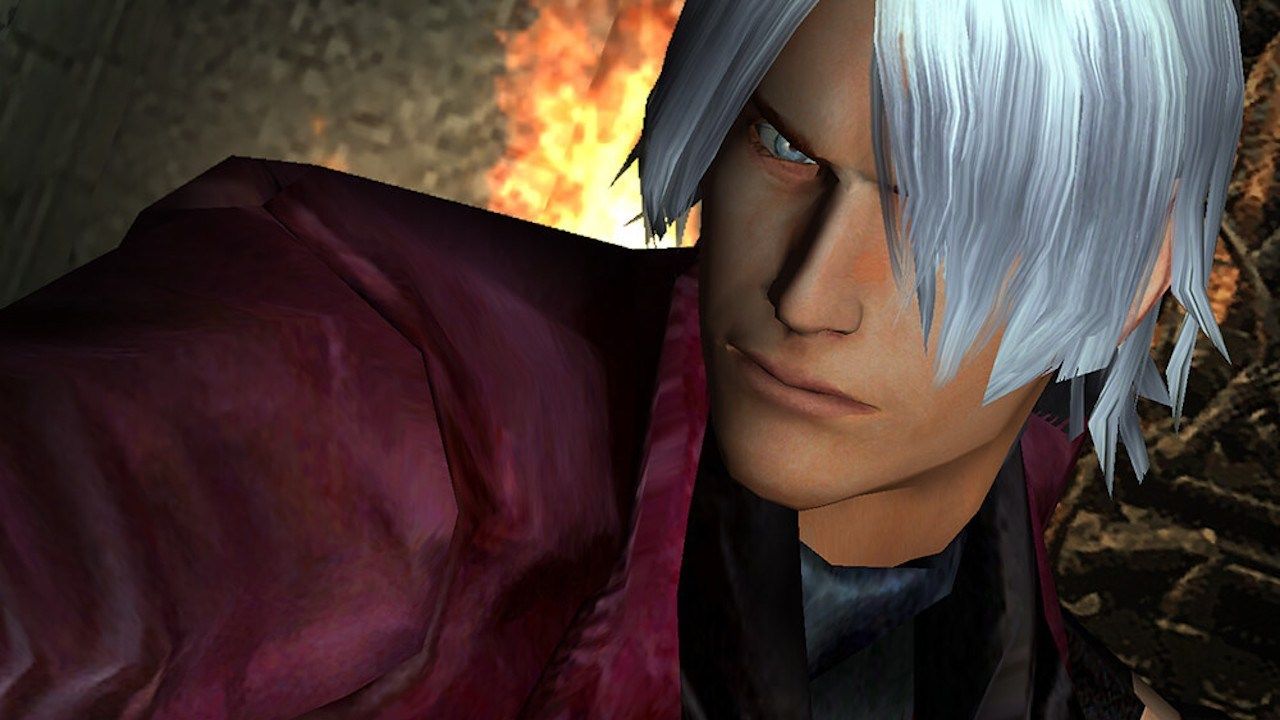Though other entries in the series have been successful in their own right, there's still no other game quite like Resident Evil 4. Remixing Capcom's survival horror masterpiece with a focus on action, this high-octane twist on the franchise's tried and true formula was always meant to put the action above all else. However, one variant of this concept was almost a bridge too far.
Leaning a bit too far into slick, stylish action and away from its slow survival roots, the original base for Resident Evil 4 was deemed too action-focused. Rather than waste that work, though, Capcom instead morphed this prototype into Devil May Cry. Now one of Capcom's other big franchises, it's almost hard to believe that such a pulse-pounding game was birthed from such a different franchise.
The Original Plans for Resident Evil 4
Resident Evil 4 had already made quite a name for itself since its 1996 debut by the time that Resident Evil 4 came out in 2005. What would become the fourth numbered title was announced in 1999 and intended for release on the PlayStation 2. Original director Hideki Kamiya wanted to change things up with a cool and stylish action game, which would definitely have been a departure from how the Resident Evil titles had been theretofore.
Different versions of the game were developed, many featuring Resident Evil 2's Leon S. Kennedy returning as the protagonist. These involved Leon traversing a foggy castle, being infected with a hallucinogenic virus and fighting both zombies and paranormal enemies. However, these all came after the original vision for the game was scrapped. The writer for Resident Evil 2 tried to make something out of Kamiya's vision of a more action-based title, coming up with a new protagonist named Tony. Tony would be invincible thanks to advanced biotechnology, though it's unknown how this would have tied into the series' zombies.
The developing concept eliminated prerendered backgrounds and instead injected a macabre Gothic design to the levels, based mainly on locales from the UK and Spain. As far along as this seemingly got, however, it simply wasn't destined to work...at least, not as a Resident Evil game.
How Resident Evil 4 Became Devil May Cry
Kamiya's cool concepts were simply too slick and fast-paced for Resident Evil. Shinji Mikami, director of the first game and overall producer for Resident Evil, convinced the staff to instead make it into a separate game. Kamiya reimagined this new game, switching out the zombies of Resident Evil for demons. He also drew inspiration from Dante Alighieri's The Divine Comedy, better known as Dante's Inferno. From this, the protagonist became known as Dante, bearing a heavy resemblance to a white-haired Leon.
Given a markedly different personality and outfit representing someone they felt would be fun to go out drinking with, Dante was less of a stand-in for Alighieri and more the poster child for the cool, snarky aura that Kamiya originally intended. Pulling action elements from other Capcom games such as Onimusha and arcade hit Strider, the transition out of the Resident Evil mold was now complete. Going on to receive great reviews, Devil May Cry quickly became a franchise of its own, bringing classic hack-and-slash action to the then-modern era of gaming. This, unfortunately, meant missing out on a more actiony Resident Evil that could have more bluntly switched up the series' story and formula, but given how influential Resident Evil 4 wound up being, it's hard to say that was a misstep.



